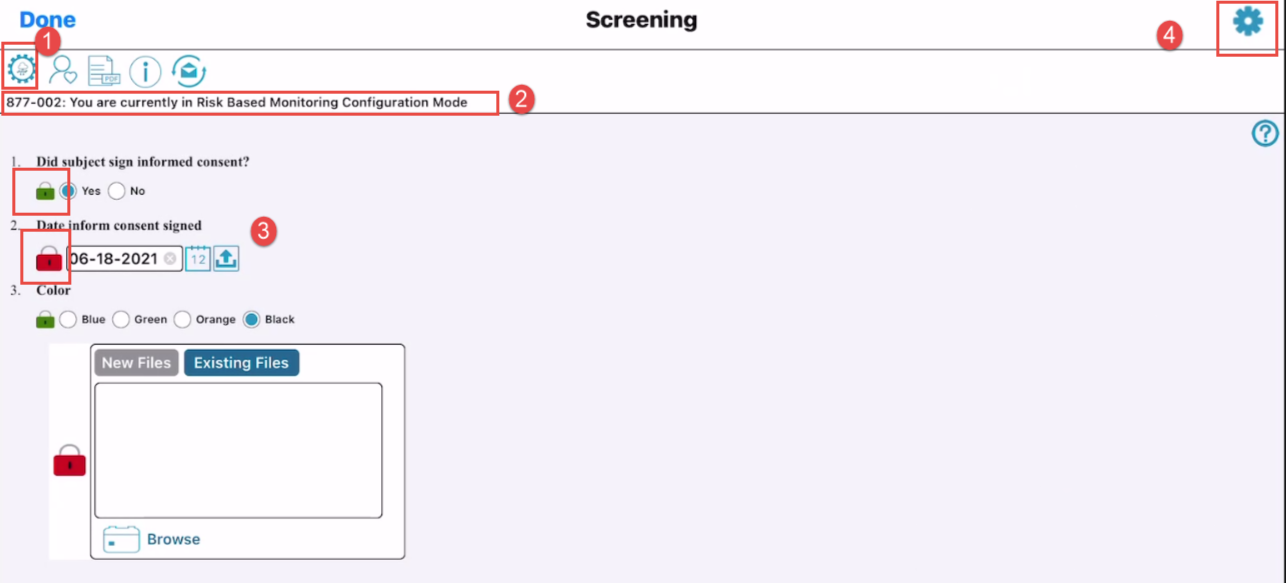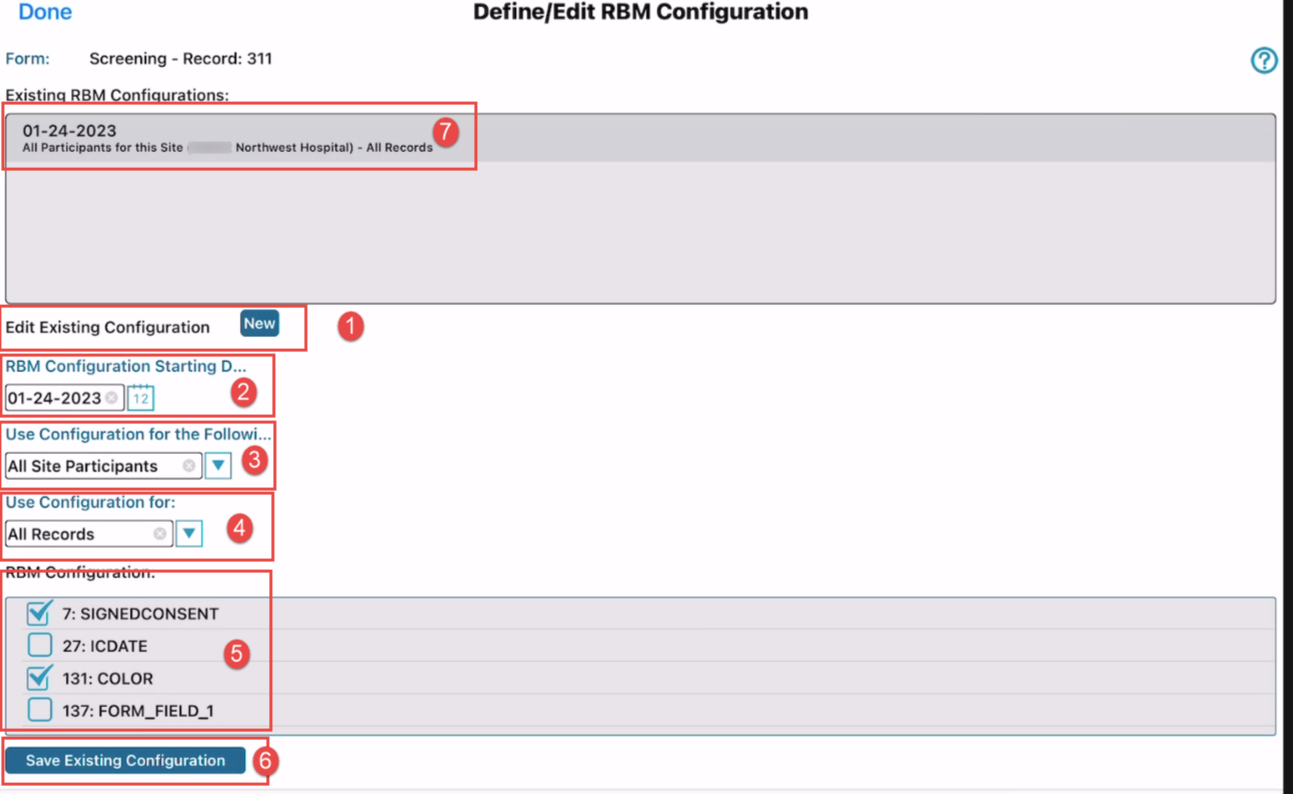TrialKit can support any risk-based monitoring (RBM) models that are created outside the system in analytical or biostatistics reporting. This takes Field Source Verification to a more site/subject-specific level.
TrialKit can support any risk-based monitoring (RBM) models that are created outside the system in analytical or biostatistics reporting. This takes Field Source Verification to a more site/subject-specific level, rather than applying the same rules throughout an entire study. In other words, a study manager may want Monitors to verify specific data points that need review, but those requirements may vary by site, visit, or subject.
TrialKit allows for RBM models to be implemented in a couple of different ways
Real-time through the TrialKit API from an external tool driving the RBM decisions
A built-in configuration tool to define the RBM rules
This article covers how to configure which fields require source-level verification under a known risk-based monitoring model.
Note
Rules for what needs to be monitored are easily defined directly from the CRFs in the study. This can be done on any CRF at any site depending on what rules are being defined.
Access to configure these rules requires two unique permissions
.png)
Access to risk-based monitoring on its own will only allow users to view the existing rules. Configuring those rules and saving new ones is separate permission, as shown above.
Defining Rules
This can currently only be done via the mobile app
To define a new rule, open an applicable subject record that will need to be monitored.
1) Tap the workflow settings icon indicated below
2) You will see the message "You are currently in Risk Based Monitoring Configuration Mode"

3) Tap the lock icons next to any of the fields on the form that need to be Monitored.
Green = enabled (Monitor will review)
Red = disabled (Monitor will not review)
4) Once the desired fields are set, tap the icon in the upper right corner. This is where the rule will be defined and saved.

1. To define and save the new rule
2. Indicate a starting date and which forms the rule will apply to
The starting date for the rule is compared to the visit/transaction date on the form, not the current date when Monitoring takes place.
3. Use Configuration for the following - Define which subject and record(s) the rule shoule be applied to. The following are the rules that can be applied:
All participants in the study
All participants at the current site only
Just the participant currently open
All visits where the current form is collected
Only the record that is currently open
4. Define which record the rule should be applied to
5. RBM Configuration - This is a list of which fields on the form will be required for SDV with the new rule.
6. Save the configuration
7. To edit an existing rule, tap it in the Existing configurations table and change any of the parameters listed above, and then tap Save.